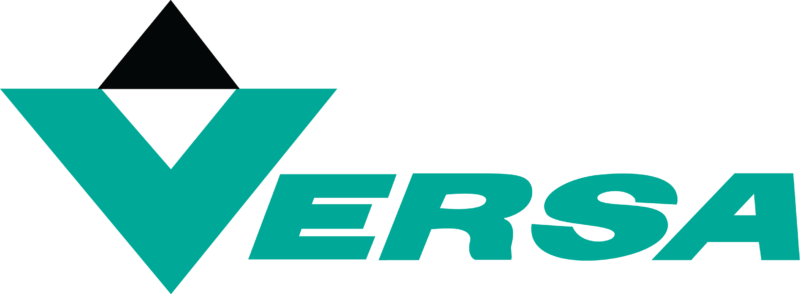Force is required to shift a pilot or solenoid-pilot valve. The shifting force must overcome the opposing force (often a spring holding the valve in one position.) The valve specification includes a minimum force required to force the valve to shift. The physical force achieved by a pneumatic valve is created when the pressurized media acts on the surface area of the pilot piston, creating force. The force is measured by the pressure (of the media) multiplied times the surface area on which the pressure is applied (F=P x A). The minimum pilot pressure is minimum amount of pressure required to create a force greater than the opposing force in the device, thus allowing the control device to function.
